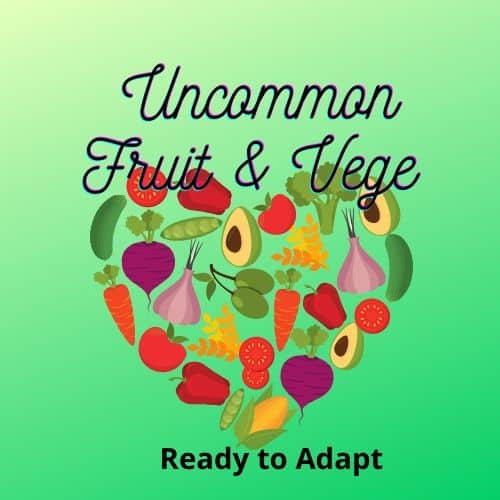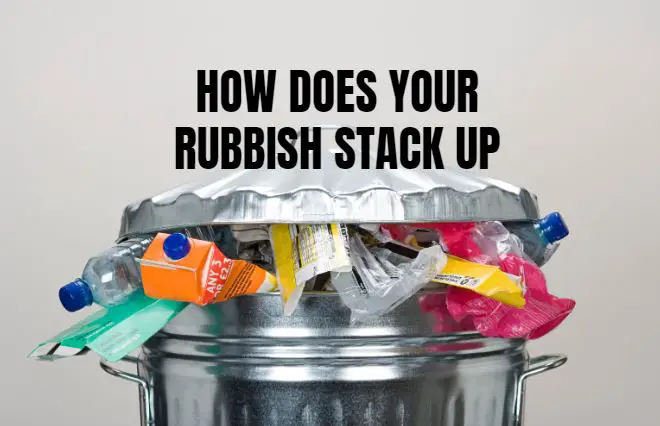Fascinating and Often Forgotten Fruit & Vegetables – How to Grow and Use Them
History
A member of the brassica family that includes cabbage, turnip and kale this rather suspicious looking edible looks more like something from Day of the Trifids or an alien spacecraft than a vegetable.
While it does look a bit like swede or overgrown turnip it is in fact not a root vegetable at all but rather it is the swollen stem that is above ground that is referred to as Kohlrabi. There does seem to be some discussion amongst historians on when it was first described or used but Charlemagne, who was crowned Emperor of the Holy Roman Empire in 800 AD, ordered kohlrabi to be grown in the lands under his reign. We connect Charlemagne with the French empire, but actually his home was in Aix-la-Chapelle which is now Aachen located in the Western portion of Germany. This fact accounts for kohlrabi’s German name which means cabbage turnip.
Kohlrabi, once the favored vegetable of European nobles and peasants alike, has fallen by the wayside. Oh, yes, you can find kohlrabi in the produce department of many supermarkets, but when the checkout operator lifts the bunch out of the grocery cart, notice the look of bewilderment on his or her face. What follows is a flurry of activity at the cash register. First, he or she holds up the innocent vegetable and shouts to the closest team member, “What is this stuff?” Next, follows a rifling through the little book that lists the code numbers. Then as the operator pushes the poor kohlrabi toward the bagger, there’s an exchange of puzzled expressions. Brilliant!

Uses & Nutrition
This rather versatile vegetable retains the characteristics of cabbage, kale, and turnip in flavor and texture. It can be eaten raw, shaved, sliced or grated, steamed, shredded for pickling, stir-fried, baked, braised, stuffed or added to hearty soups and stews. Oh, and the leafy greens are simply divine dipped in tempura batter and deep-fried.
A vegetable that looks this funky has to be good for you and along with a host of health benefits that reportedly include stabilizing blood sugar, kohlrabi is also used in traditional Chinese medicine to stimulate appetite and ease indigestion. They reportedly also peel and slice the vegetable to dip in honey to aid in treating stomach ulcers. Whether or not these claims are true is not what for us to say but wouldn’t it be wonderful if it were.
Kohlrabi is an excellent source of Vitamin C and potassium. It is high in fibre and low in calories so a definate bonus for our waistlines.

How to Grow Kohlrabi
The taste and texture of kohlrabi are similar to those of a broccoli stem or cabbage heart, but milder and sweeter, with a higher ratio of flesh to skin.
The young stem in particular can be as crisp and juicy as an apple, although much less sweet.
There are several varieties commonly available, including White Vienna, Purple Vienna, Grand Duke, Gigante (also known as “Superschmeltz”), Purple Danube, and White Danube.
Except for the ‘Gigante’ cultivar, spring-grown kohlrabi much over 5 cm in size tend to be woody, as do full-grown kohlrabi much over perhaps 10 cm in size; the ‘Gigante’ cultivar can achieve great size while remaining of good eating quality.
Kohlrabi is a hardy biennial grown as an annual. Sow kohlrabi seed in the garden 3 to 4 weeks before the last average frost date in spring. Kohlrabi grows best in cool temperatures between 40°F and 75°F (4.4°C and 23.9°C). In warm winter regions, sow kohlrabi in late summer for winter harvest. Kohlrabi can withstand an early autumn frost.
The plant matures in 55-60 days after sowing and can be sown direct or into seed trays. They are heavy feeders so appreciate well prepared and well-drained soil. A dose of your best homemade fertilizer or worm juice every two weeks should keep them healthy.
Approximate weight is 150 g for Gigante variety and has good standing ability for up to 30 days after maturity. All other varieties harvest when roughly the size of a golf ball.
Companion plants. Beets, celery, herbs, onions, potatoes. Do not plant with pole beans, strawberries or tomatoes.
Get Your Taste Buds Ready
Despite kohlrabi’s German heritage, its peppery flavor fits in with a lot of common Indian ingredients. In fact, both its bulb and leaves are often used in a variety of indian dishes, but we’re partial to adding them into curries. Sauté both for best results and add warm seasonings like chili powder and garam masala.



These will surely get your tastebuds hopping but for me this next one from Delectable Victuals just had me from the word go.


And who doesnt love a fresh batch of homemade fries. This plant is truly versatile. So many of the heirloom vegetables we grow can be used in a multitude of ways. You are only limited by your imagination. The only question remaining is – Will you be planting Kohlrabi this spring? I know I will.




